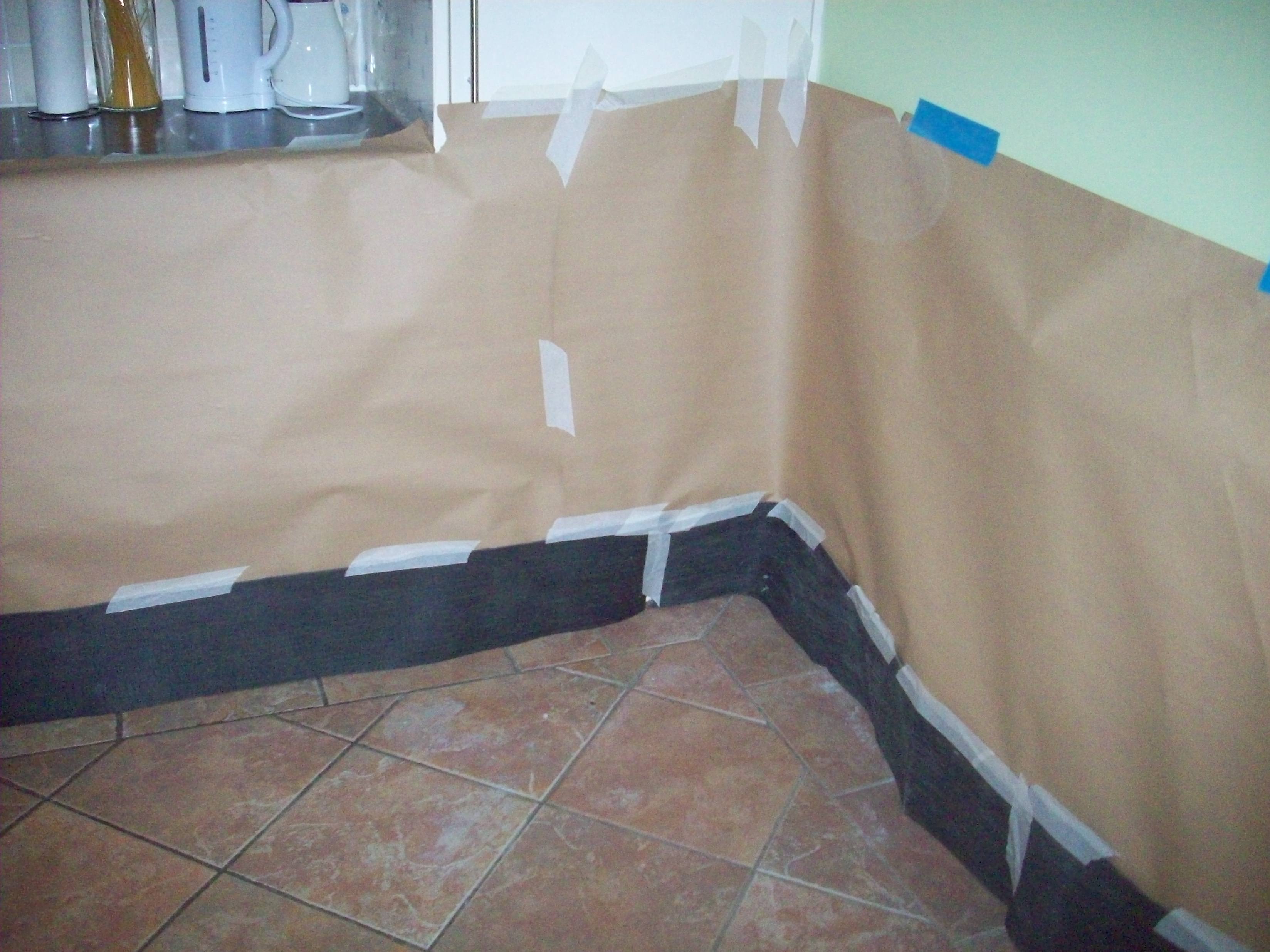Natural stone has always been a symbol of beauty and strength, enriching our houses and public areas with its classic appeal. However, as time passes, even the most elegant stone surfaces can succumb to be able to wear and rip, losing their shine and charm. This is where the art of stone restoration is necessary, offering an approach to breathe new life into ageing materials and maintain their historical relevance. Whether content 's some sort of polished marble counter top or a weathered limestone patio, understanding the techniques and even benefits of natural stone restoration can allow homeowners to preserve the beauty of their spaces.
Inside this guide, we will explore all you need to know concerning stone restoration, through the basics associated with what it entails to the specific approaches for various types associated with stone. We'll talk about the advantages regarding hiring professionals as opposed to undertaking DIY tasks, common pitfalls to avoid, plus the ideal practices for sustaining your stone surfaces. Join us since we explore the particular world of natural stone restoration, ensuring that your stone functions remain stunning for years to come.
Understanding Stone Restoration
Stone repair may be the process associated with returning a stone surface to its original shape or enhancing the aesthetic appeal when preserving its integrity. This can entail various techniques that will address common concerns such as wear, discoloration, and harm. Be it a marble countertop, granite flooring, or limestone patio, each stone style requires specific strategies for restoration, helping to make it essential to be able to understand the unique qualities and desires of each and every material.
The importance associated with stone restoration runs beyond mere visual appeal; it also plays a new critical role in extending the lifespan of stone floors. Regular maintenance and even restoration prevent small issues from increasing into significant problems, thereby saving home owners money in the long term. By addressing spots, scratches, and wear early, you not only enhance the beauty of typically the stone but also improve its sturdiness and functionality.
Understanding jewel restoration involves spotting the proper cleaning, polishing, and sealing approaches specific to diverse types of rocks. Knowledge of several restoration products and even their proper application is crucial intended for achieving optimal effects. Whether considering DO-IT-YOURSELF methods or employing professionals, having a new grasp of the particular stone restoration method empowers homeowners to be able to make informed selections that benefit their particular cherished stone surfaces.
Expert vs. DIY Repair
When it comes to stone restoration, house owners often face the decision of whether in order to undertake the job on their own or hire a professional. DIY recovery can be an appealing approach to individuals who are helpful and want to save funds. https://pagh-djurhuus-2.blogbright.net/modifying-your-garden-with-restored-stone-features , these kinds of as cleaning in addition to basic sealing, can often be manageable with typically the right tools in addition to techniques. Homeowners may find numerous resources online that give step-by-step guides and even recommendations for products of which work effectively on various types associated with stone.
However, certain recovery projects require some sort of level of expertise that only pros possess. Complicated problems, such as deep scratches, cracks, or etching on surfaces enjoy marble and stone, often necessitate specialized knowledge and gear to attain satisfactory outcomes. Professionals are qualified to measure the issue of the rock and apply the right restoration methods while ensuring that the particular integrity of the particular material is managed. Additionally, they can provide long-lasting solutions, while DIY fixes might lead to additional damage.
Ultimately, the selection between professional plus DIY restoration comes down to typically the scope of the particular project, the type of rock involved, along with the homeowner's comfort level with the restoration process. Although DIY projects can be rewarding, the positive aspects of professional companies, including quality skillfullness and time-saving, usually outweigh the price intended for extensive or complicated restorations. It is very important think about both options thoroughly to determine which path will yield the best results for restoring natural stone surfaces.

Maintenance Tips for Natural Rock
To ensure the longevity of your normal stone surfaces, regular maintenance is essential. Start by cleaning your stone with the soft cloth or even mop along with a pH-balanced cleaner specifically made for natural stone. Avoid acidic or abrasive cleaners, because they could damage the surface. Wipe up splatters immediately to stop staining, particularly with porous stones like limestone and travertine.
Sealing your stone regularly is crucial in safeguarding it from unsightly stains and moisture. Depending on the type of natural stone, the frequency regarding sealing may vary. For example, marble typically needs to be sealed every single one to 3 years, while marbled may need more recurring applications. Perform the water test to be able to check the sealant's effectiveness; if waters beads up on the top, the seal is still intact. In the event that it soaks within, it’s time and energy to reseal.
In addition, take preventive measures to avoid damage. Make use of coasters under refreshments, placemats under very hot dishes, and prevent dragging heavy objects throughout the stone. Frequently inspect your natural stone for signs involving wear or damage, and address any issues promptly to maintain its splendor and integrity. This particular proactive approach may help preserve your natural stone surfaces for many years into the future.
